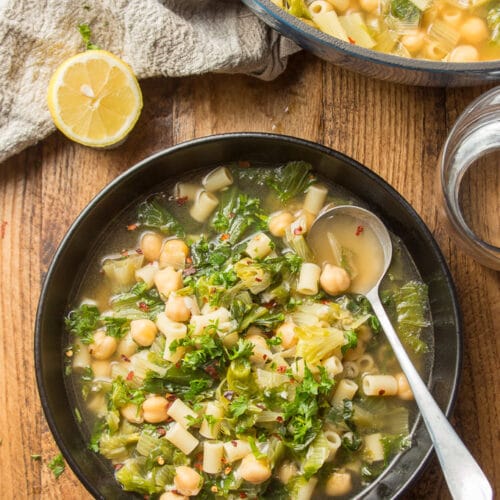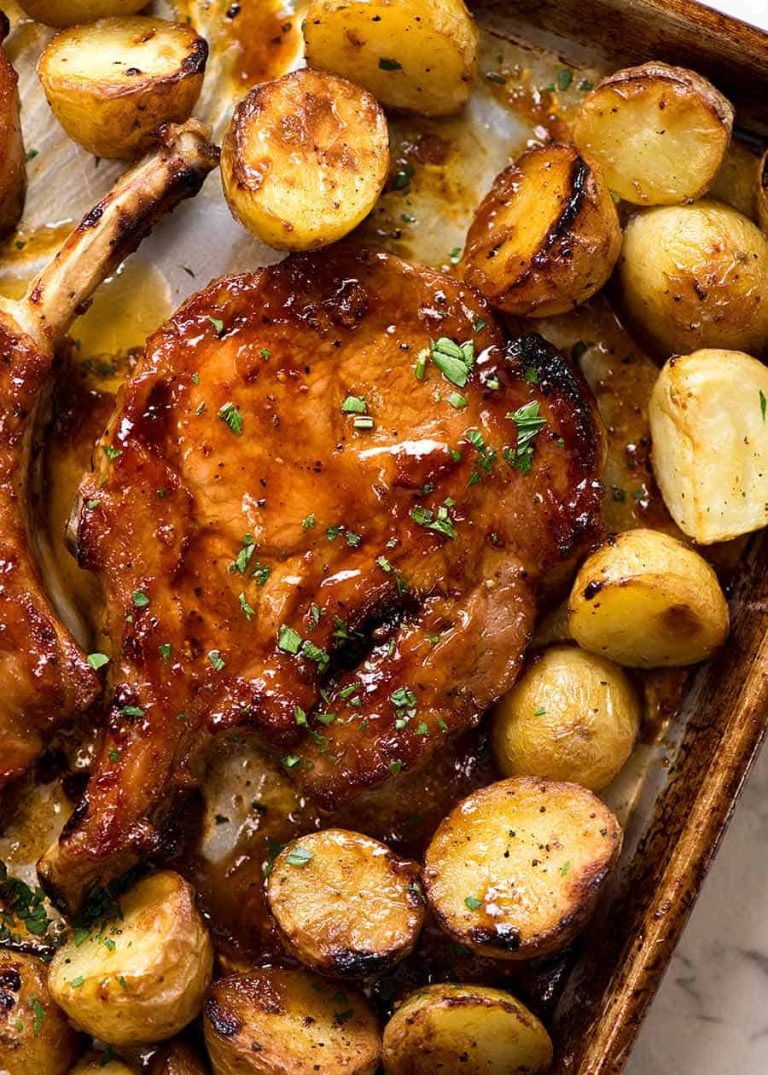Escarole Soup: Historical Roots, Nutritional Benefits, and Delicious Variations
Escarole soup boasts century-old roots in Italian cuisine. It’s often associated with peasant food, symbolizing ingenuity in using affordable, locally-grown ingredients. Ancient Romans and Greeks were among the first to incorporate leafy greens into soups, giving rise to variations like escarole soup. The dish gained prominence for its accessibility and nutritional value, offering nourishment without extravagant costs. Renowned for its health benefits, escarole soup became a mainstay in Italian households, transcending generations and borders.
Key Ingredients in Escarole Soup
Must-Have Ingredients
Escarole soup’s core ingredients contribute to its distinctive flavor and nutritional profile. The essential components include:
- Escarole: This bitter, leafy green is the primary ingredient.
- Broth: Use chicken or vegetable broth as the base for robust flavor.
- Garlic: Minced garlic adds a pungent, aromatic element.
- Olive Oil: A high-quality extra virgin olive oil enhances taste and richness.
- White Beans: Cannellini beans provide a creamy texture and protein.
- Parmesan Cheese: Grated Parmesan offers a salty, umami flavor.
Optional Additions for Enhanced Flavor
Adding various ingredients can further elevate the taste of your escarole soup. Consider incorporating:
- Italian Sausage: Adds a savory, spiced kick.
- Lemon Juice: Brightens the soup with a touch of acidity.
- Red Pepper Flakes: Introduces a hint of heat for those who prefer spice.
- Carrots: Sliced carrots add sweetness and additional nutrients.
- Celery: Brings an extra layer of flavor and crunch.
- Onions: Sautéed onions contribute to a deeper, richer taste.
These key and optional ingredients ensure your escarole soup remains flavorful, nutritious, and enjoyable.
Cooking Techniques for Perfect Escarole Soup
The Importance of Simmering
Simmering is essential for developing the full flavors of escarole soup. It allows ingredients like escarole, garlic, and white beans to meld, creating a rich and cohesive taste. Heat the soup at a low, steady temperature. Vigorous boiling can cause the escarole to become mushy and the texture of the broth to be compromised. Simmer the soup for about 30-45 minutes. This ensures vegetables soften without losing their structure, and the broth achieves a depth of flavor.
Tips for Balancing Flavors
Balancing flavors is crucial in escarole soup. Start by adding salt and pepper sparingly. Taste the soup before adding more seasoning to avoid overpowering the delicate flavors of escarole and broth. Incorporate acidity with a splash of lemon juice or a small amount of vinegar. This cuts through the soup’s richness and enhances the overall taste. Use Parmesan cheese to add umami, but avoid excessive amounts to prevent it from becoming too salty. For a spicy kick, add moderate quantities of red pepper flakes. Adjust ingredients gradually while tasting frequently to maintain a harmonious flavor profile.
Nutritional Benefits of Escarole Soup
Health-Promoting Components
Escarole soup offers various health-promoting components. Escarole is rich in vitamins A, C, and K. Vitamin A supports eye health, vitamin C boosts the immune system, and vitamin K is essential for blood clotting. The soup contains fiber, aiding digestion and enhancing satiety.
White beans add plant-based protein, helping muscle repair and growth. They’re also packed with minerals, including iron and magnesium, which prevent anemia and promote bone health. Garlic has antibiotic properties and improves heart health by lowering cholesterol. Parmesan cheese provides calcium, essential for strong bones. Including these ingredients ensures a nutrient-dense meal.
Dietary Considerations
Escarole soup suits various dietary needs. It’s low in calories, making it ideal for weight management. The soup can be adapted for vegans by omitting Parmesan cheese and using vegetable broth.
For those with sodium concerns, limit salt and choose low-sodium broth. Gluten-free variations can avoid croutons or bread. Incorporate lean proteins like chicken breast for added nutrition without excess fat. Escarole soup’s flexibility accommodates different dietary preferences while retaining its nutritional benefits.
Popular Variations of Escarole Soup
Italian Escarole Soup
Italian escarole soup typically features simple, rustic ingredients. You’ll usually find escarole, garlic, olive oil, and chicken broth in the base. White beans add creaminess while enhancing nutritional value. For protein, consider Italian sausage or meatballs. Parmesan cheese and a squeeze of lemon juice often finish the dish, adding richness and acidity.
Modern Twists on the Classic Recipe
Modern twists on escarole soup infuse creativity and diverse flavors. Vegan versions replace chicken broth with vegetable broth, using plant-based proteins like tofu or chickpeas. Spicy variations might include red pepper flakes or hot Italian sausage. For an Asian-inspired take, some add ginger, soy sauce, and rice noodles. Experiment with seasonal vegetables like butternut squash or kale for unique texture and added nutrients.
Conclusion
Escarole soup is more than just a comforting bowl of goodness; it’s a testament to culinary history and adaptability. Whether you’re drawn to its rich nutritional profile or its versatile flavor combinations, this soup offers something for everyone. From traditional Italian recipes to modern, creative variations, escarole soup can easily fit into various dietary preferences and health goals. So go ahead, experiment with ingredients, and make this timeless dish your own. You’ll find that a bowl of escarole soup is not just a meal but a celebration of wholesome, flavorful eating.






